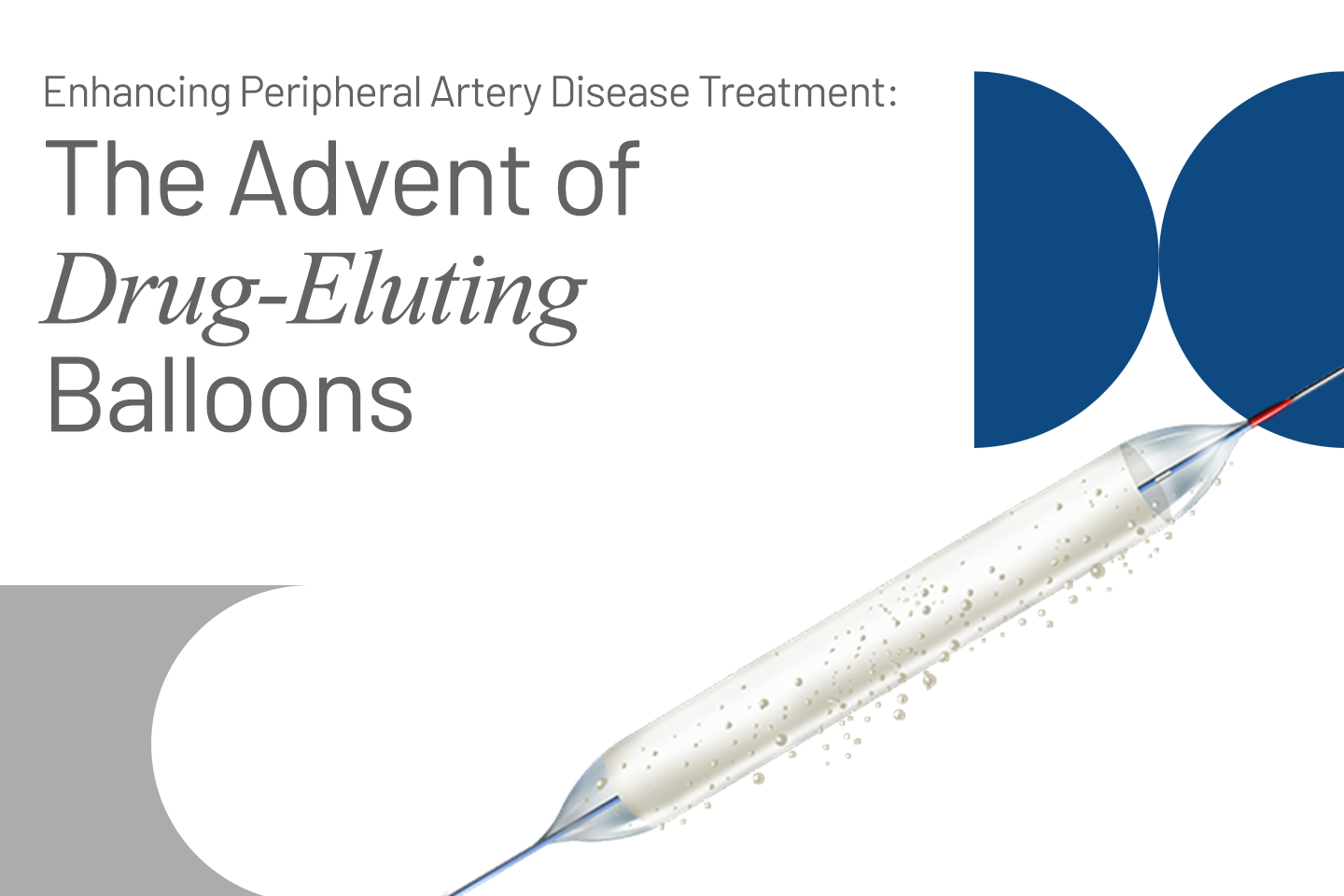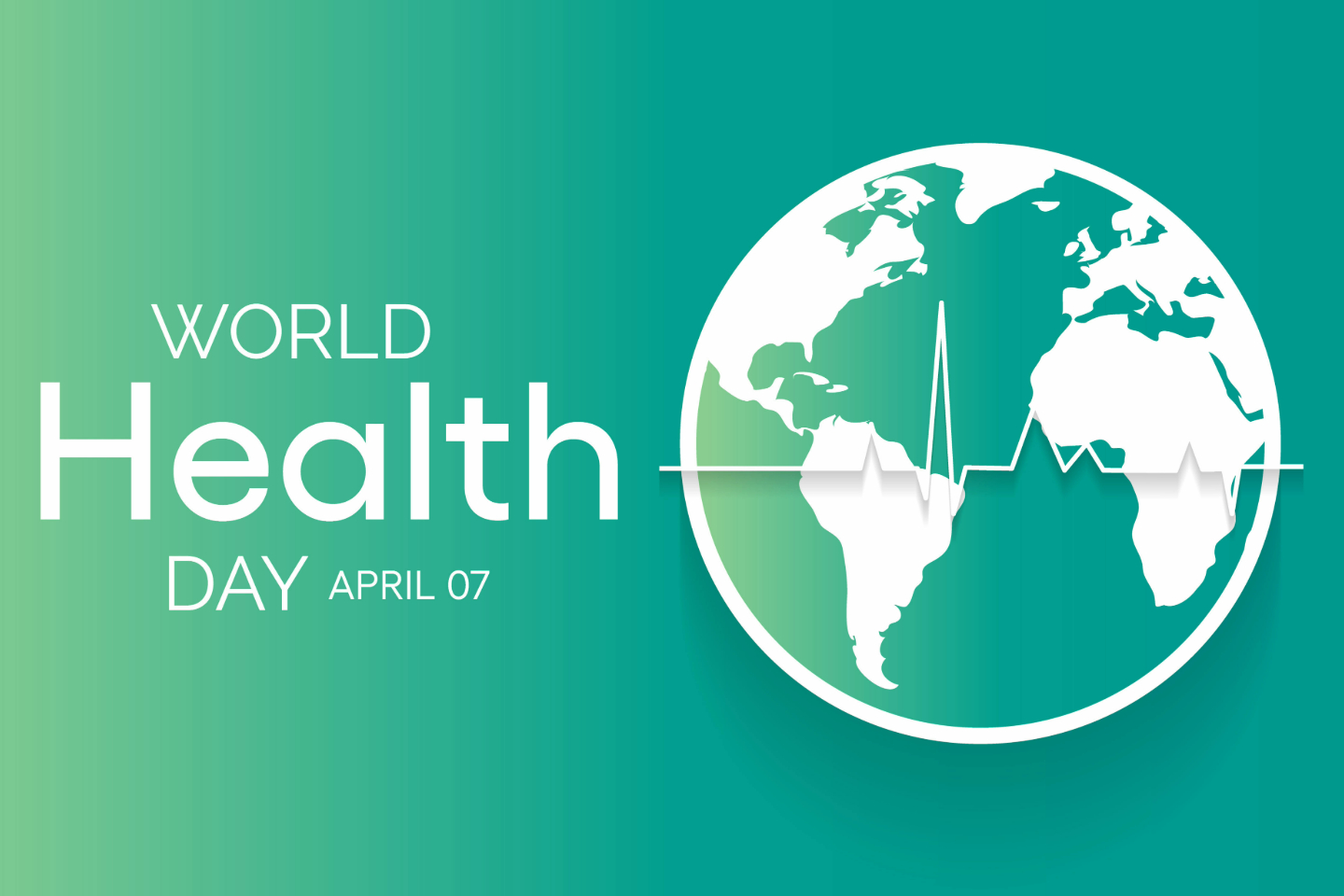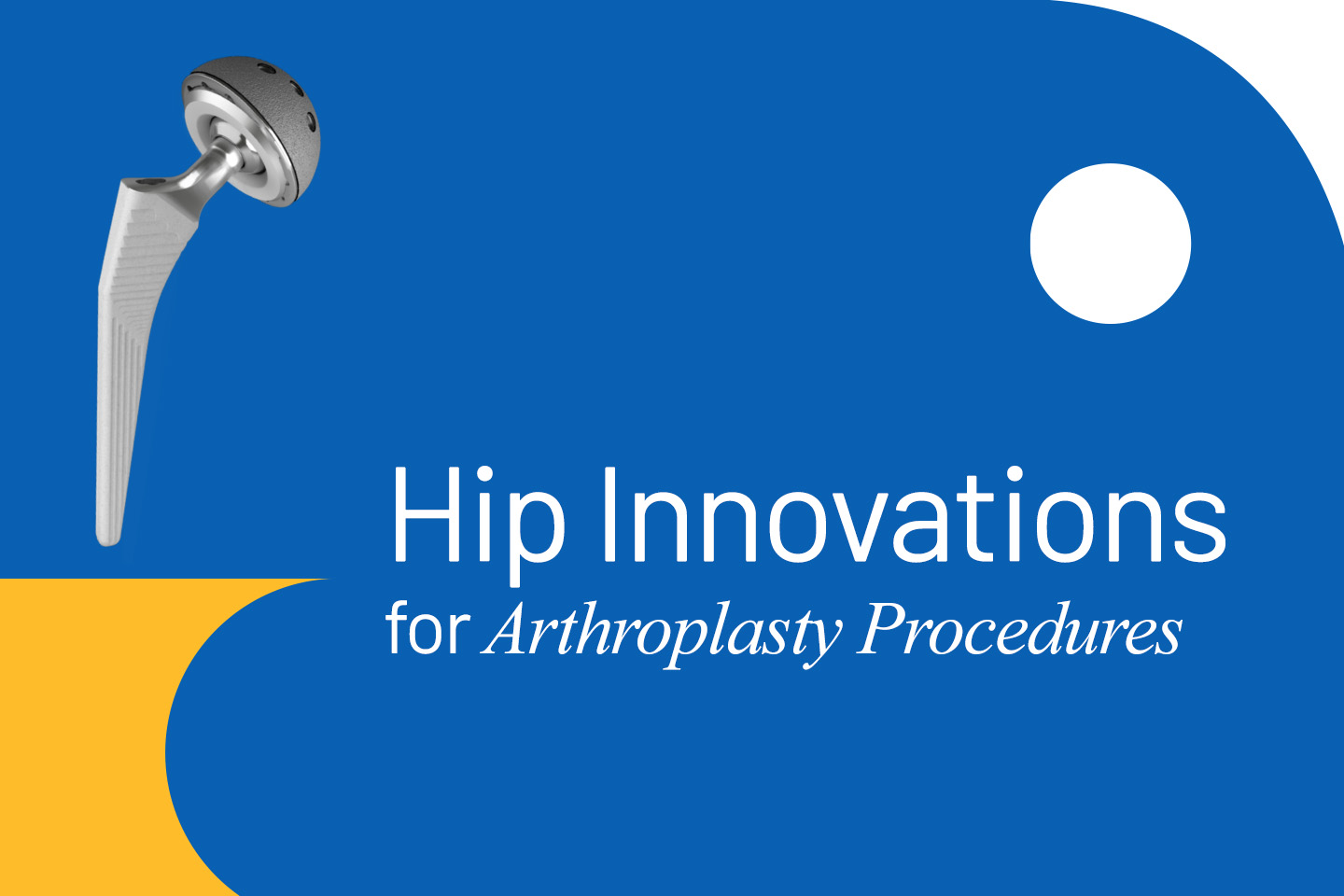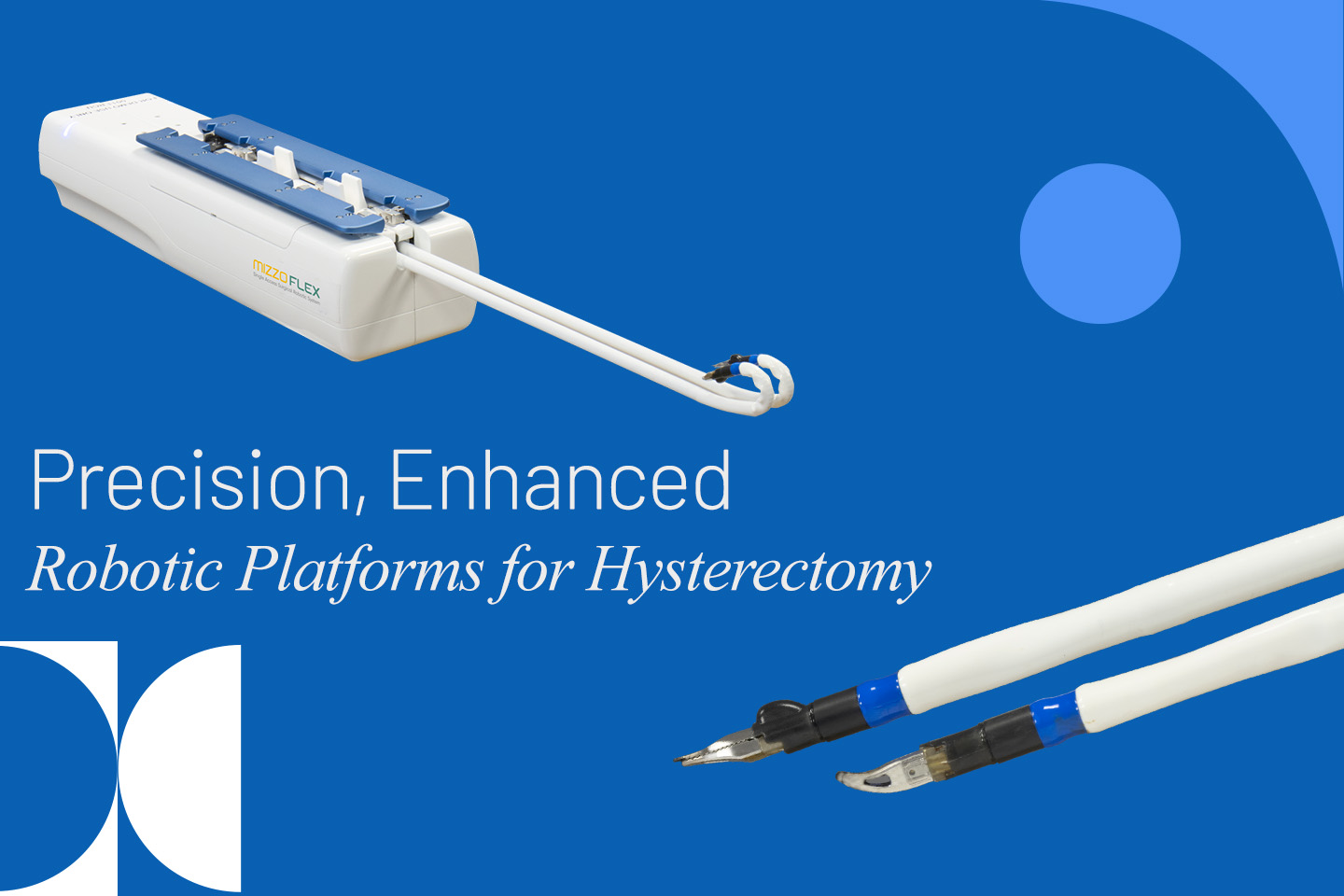Medical Devices
Enhancing Peripheral Artery Disease Treatment: The Advent of Drug-Eluting Balloons
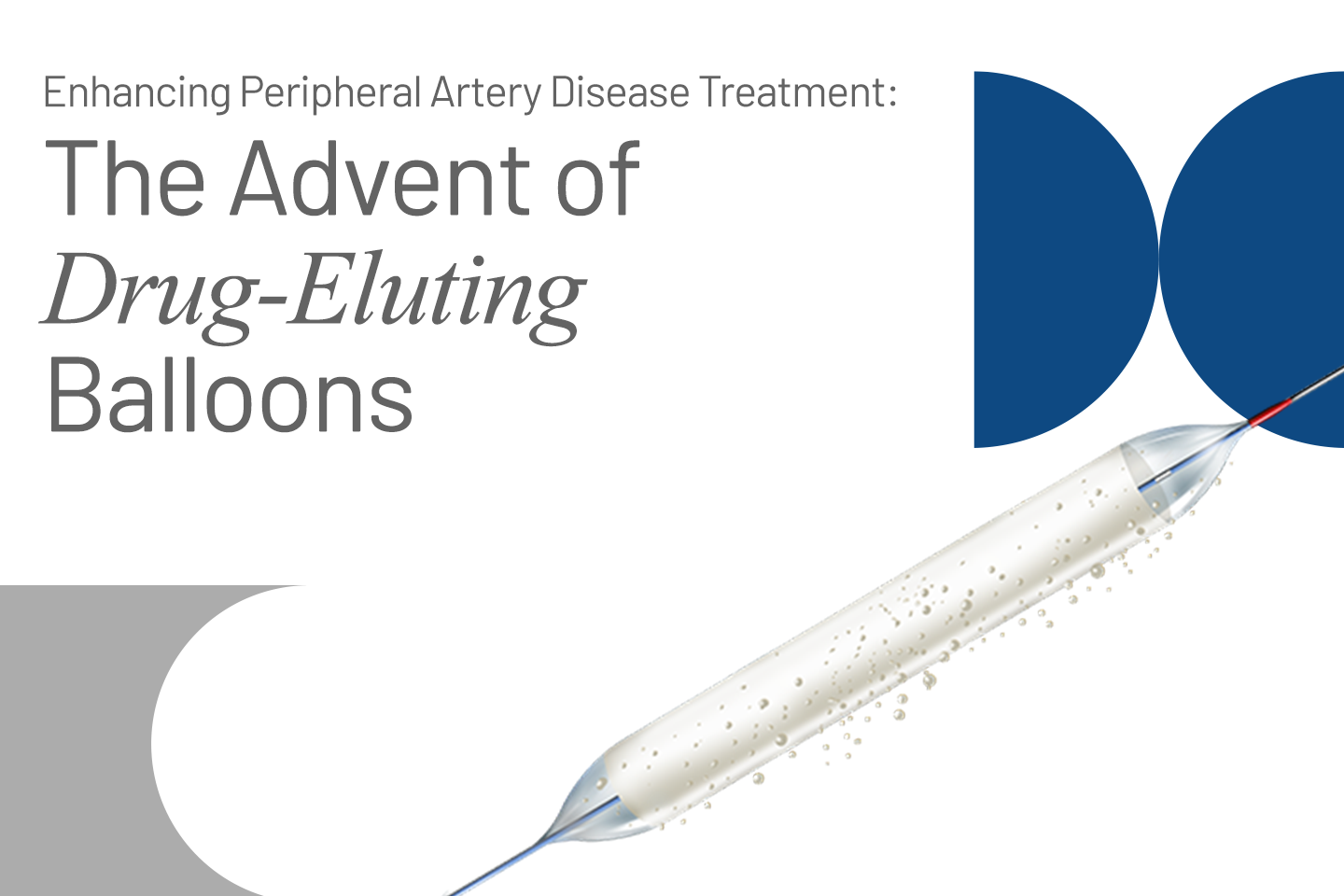
Peripheral Artery Disease is a global health concern that affects over 200 million people worldwide, and yet it often flies under the radar. While the incidence of the disease rises sharply with old age, a significant percentage of those living with peripheral artery disease are unaware they have it, as many do not show symptoms.
Peripheral artery disease is characterized by reduced blood flow to the limbs, especially the legs. This occurs when plaques formed from fat or cholesterol deposits accumulate in the arteries—a common condition known as atherosclerosis—thereby narrowing them and restricting the flow of oxygen-rich blood. Initially, patients may experience pain, cramping, or numbness in the arms and legs. As the disease progresses, this can escalate to chronic pain, difficulty in healing of wounds, and eventually tissue death. In its most severe form, peripheral artery disease can necessitate limb amputation.
One effective method for restoring blood flow to the affected area is by artery bypass grafting—a surgical procedure that uses blood vessels from other parts of the body to circumvent the blockage. However, it is highly invasive and carries certain risks.
Balloon angioplasty provides a less invasive alternative. In this procedure, a catheter with a small, inflatable balloon is inserted into the narrowed artery. Once the balloon is inflated, it compresses the fatty deposits against the arterial walls, widening the artery and improving blood flow. An expandable mesh-like tube (called a stent) is often inserted to keep the vessel open. This method significantly reduces the need for open surgeries, offering patients a safer and quicker recovery option.
But plain balloon angioplasty is not without its challenges. The procedure can cause injury to the arterial walls, which might trigger a response from the body known as neointimal hyperplasia—the excessive growth of smooth muscle cells in the artery. This cellular overgrowth can lead to restenosis, where the artery becomes narrowed again, sometimes within just a few months of the initial procedure. For patients with peripheral artery disease, restenosis can be a frustrating issue, often requiring repeat interventions to maintain consistent blood flow.
This is where drug-eluting balloons, like Meril’s MOZEC™ Paclitaxel-Eluting PTA Balloon Catheter (PEB PTA) are transforming the landscape. Drug-eluting balloons lower the risk of restenosis by releasing cytotoxic drugs (such as paclitaxel) into the vessel wall, interfering with the mechanisms responsible for smooth muscle cell proliferation. This effectively extends the artery's openness post-angioplasty, minimizing the need for repeat procedures. The MOZEC™ PEB PTA transfers 95% of its paclitaxel dose (3 µg/mm²) within 30 seconds of inflation, ensuring efficient drug delivery. Its proprietary drug adhesion technology prevents drug loss during loading, and with its extended length of 200 mm, it reduces the need for multiple balloons, thereby lowering procedural time.
Dr. Kapil Gupta, Director of Vascular Surgery at Max Super Specialty Hospital in Delhi NCR, emphasises the advantages of using drug-eluting balloons, saying that it, “[..] decreases smooth muscle proliferation, it decreases neointimal hyperplasia, decreases restenosis and the artery patency is improved.” Studies have shown that angioplasty using drug-eluting balloons is safe, reliable, and effective in treating peripheral artery disease.
In countries like India, where diabetes is widespread, the use of affordable drug eluting balloons offers a promising treatment for patients with peripheral artery disease. In tibial vessel diseases, the arteries below the knee become calcified and narrowed, increasing the risk of ulceration and infection leading to gangrene—especially in the diabetic subset of patients, which may ultimately lead to amputation in some cases. For patients with both diabetes and peripheral artery disease, this can quickly escalate to limb-threatening conditions, making effective intervention critical.
Dr. Apurva Srivastava, Vascular Surgeon at Sir Ganga Ram Hospital in New Delhi, highlights the importance of drug-eluting balloons in this context: “Diabetes is a very common disease which is very prevalent in our country, and people come to us with various ulcers, non-healing wounds of the foot, and on evaluation most of them are found to have tibial vessel occlusions or tibial vessel stenosis, which is mostly because of the calcification in below the knee arteries. So, the tradition was to do a plain old balloon angioplasty of the below knee vessels. But since the advent of drug-eluting technologies, the results have become better in the various trials.”
As peripheral artery disease continues to affect millions globally, particularly in aging populations, the importance of effective intervention is more pressing than ever. Drug-eluting balloons like the MOZEC™ PEB PTA offer a significant step forward in vascular care, providing patients with a safer, longer-lasting solution that reduces the need for repeat procedures. These advancements are helping clinicians better manage the complexities of peripheral artery disease and improving quality of life for patients worldwide.

